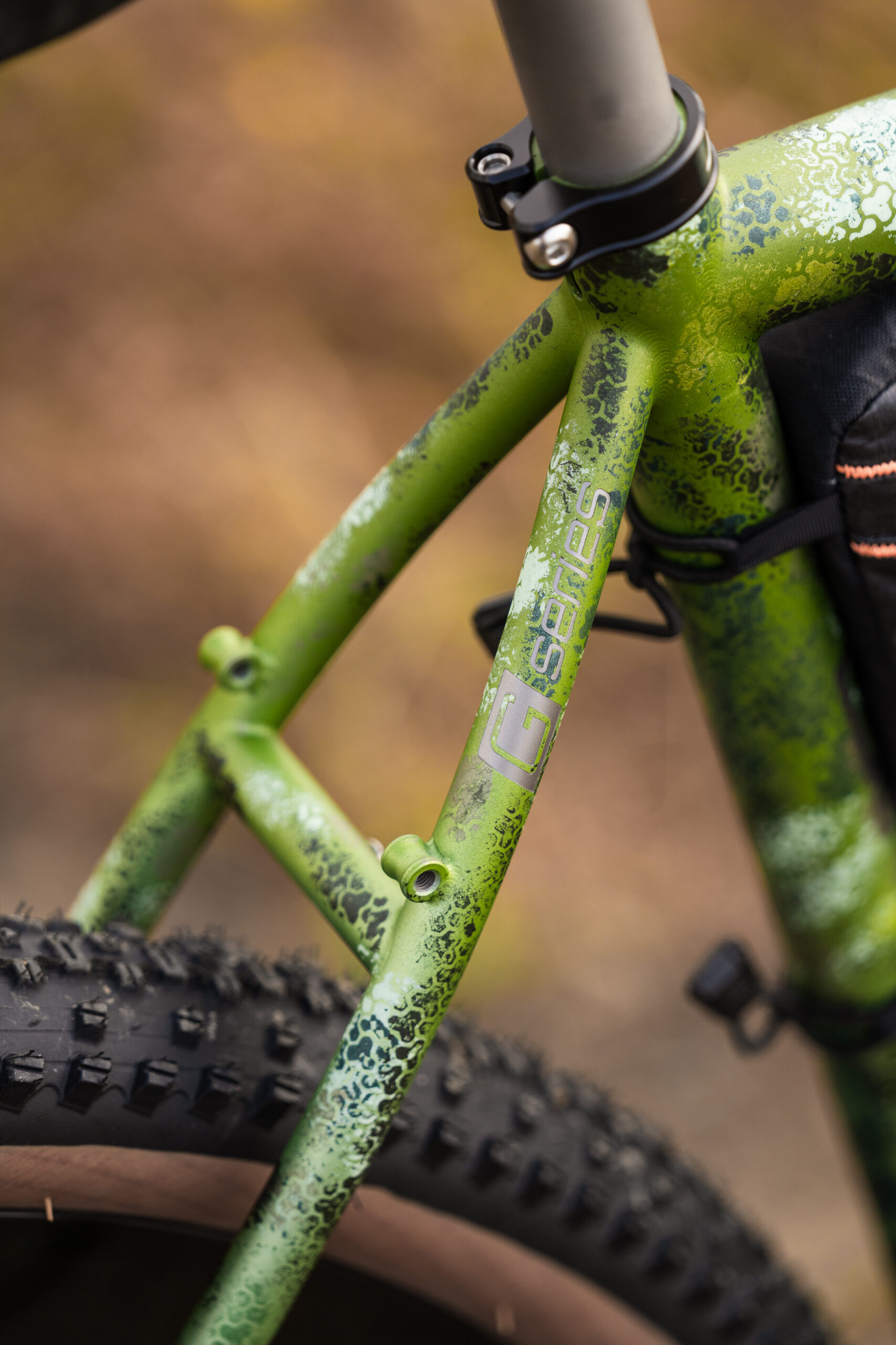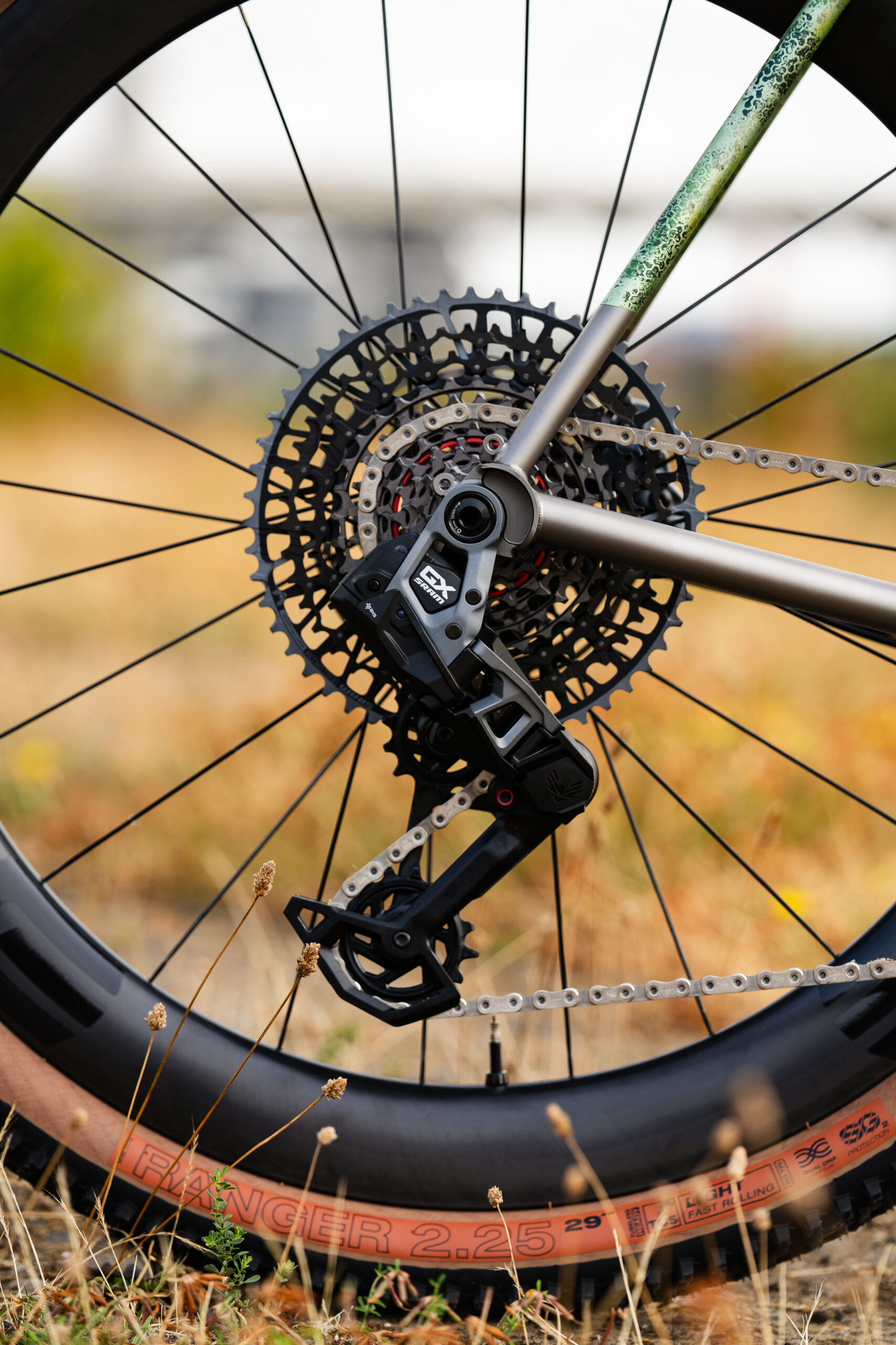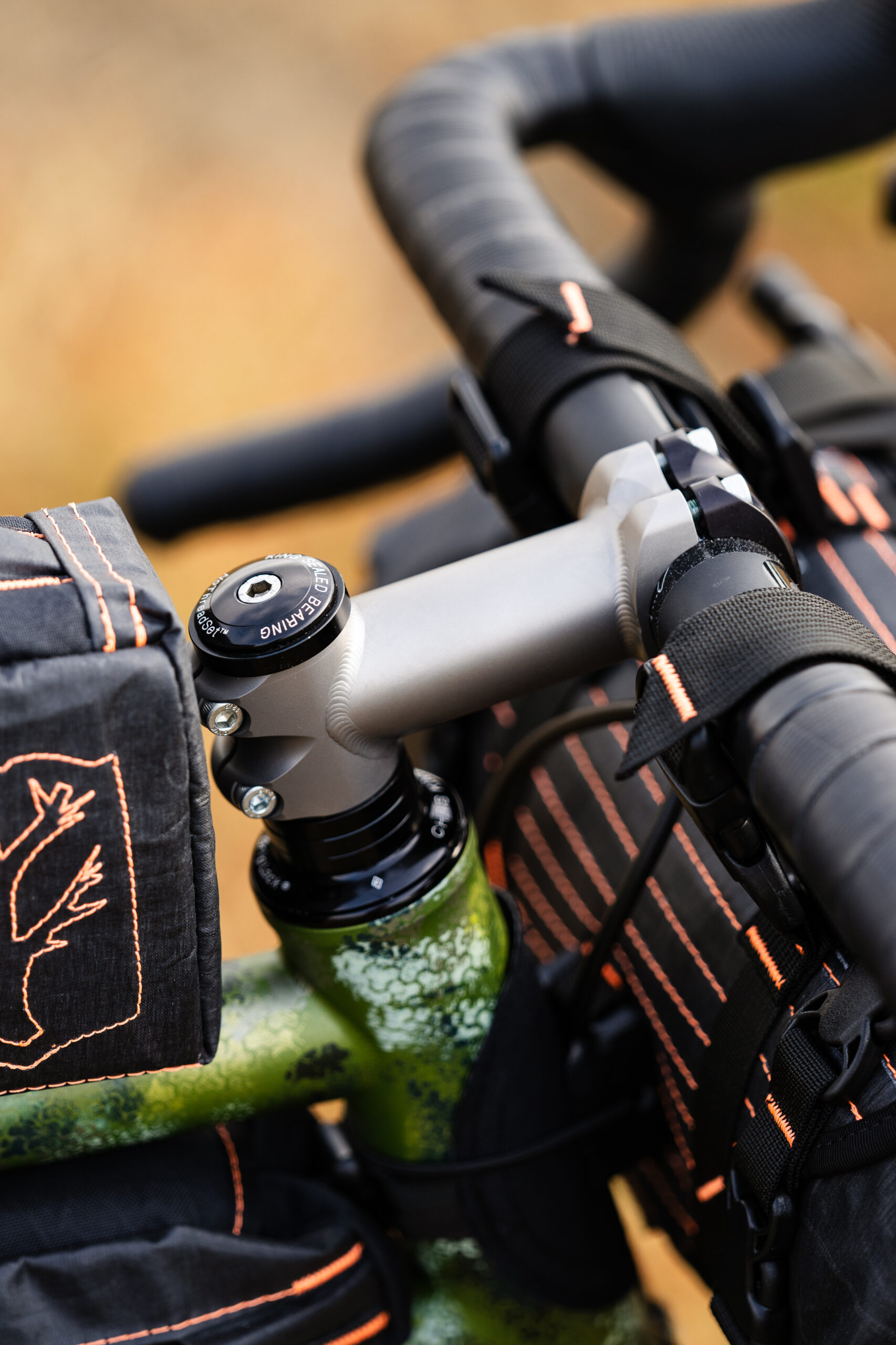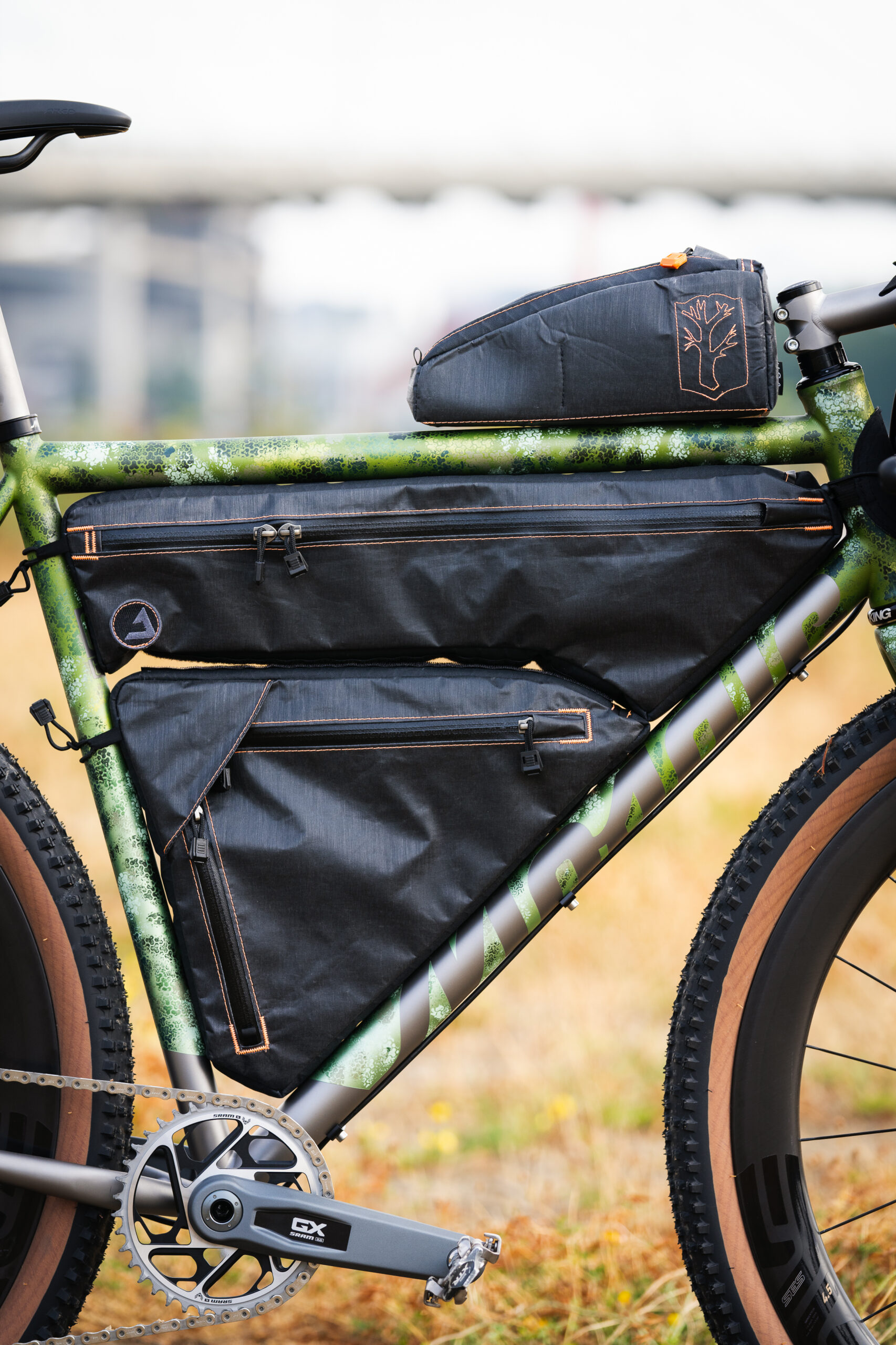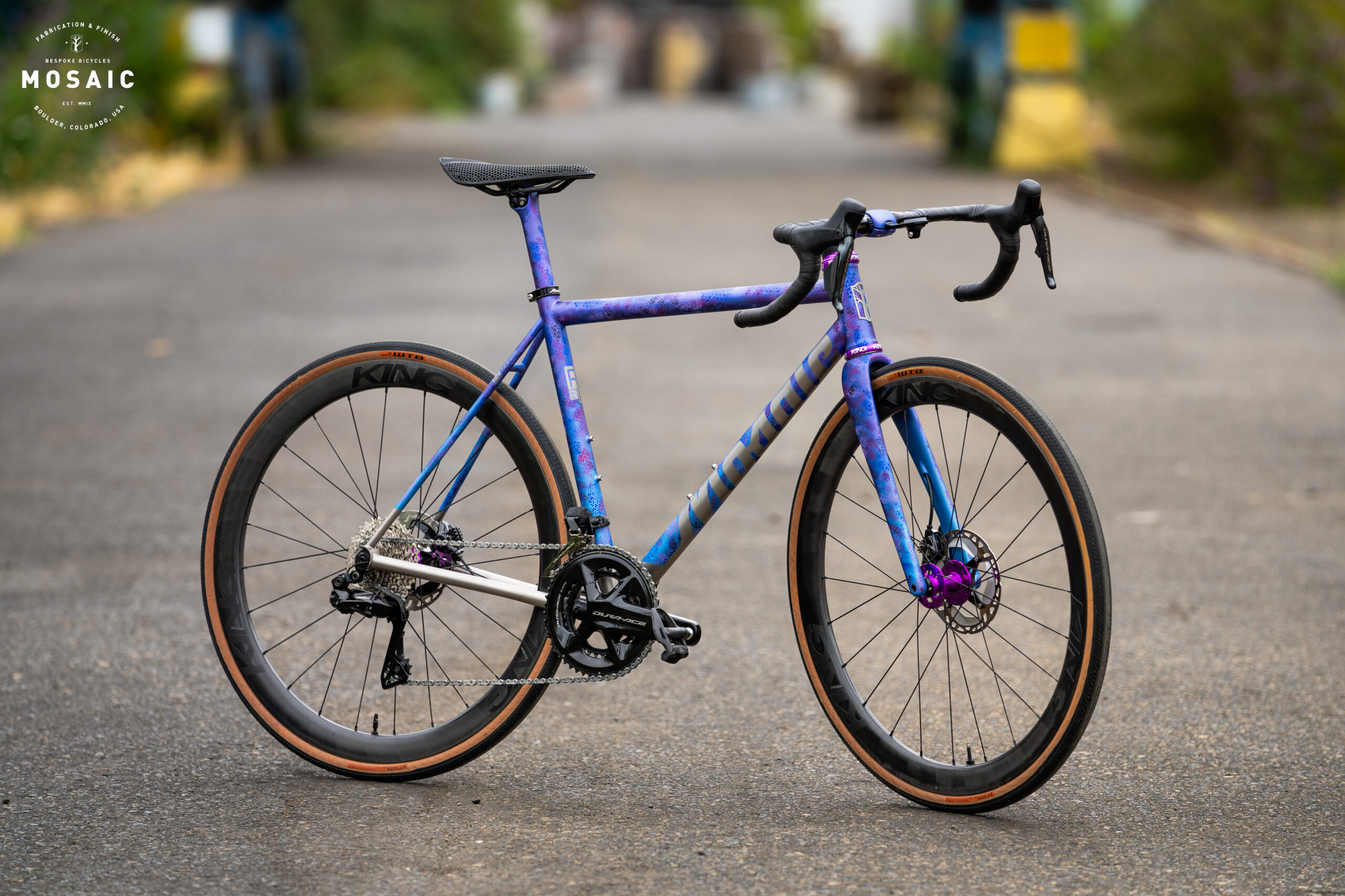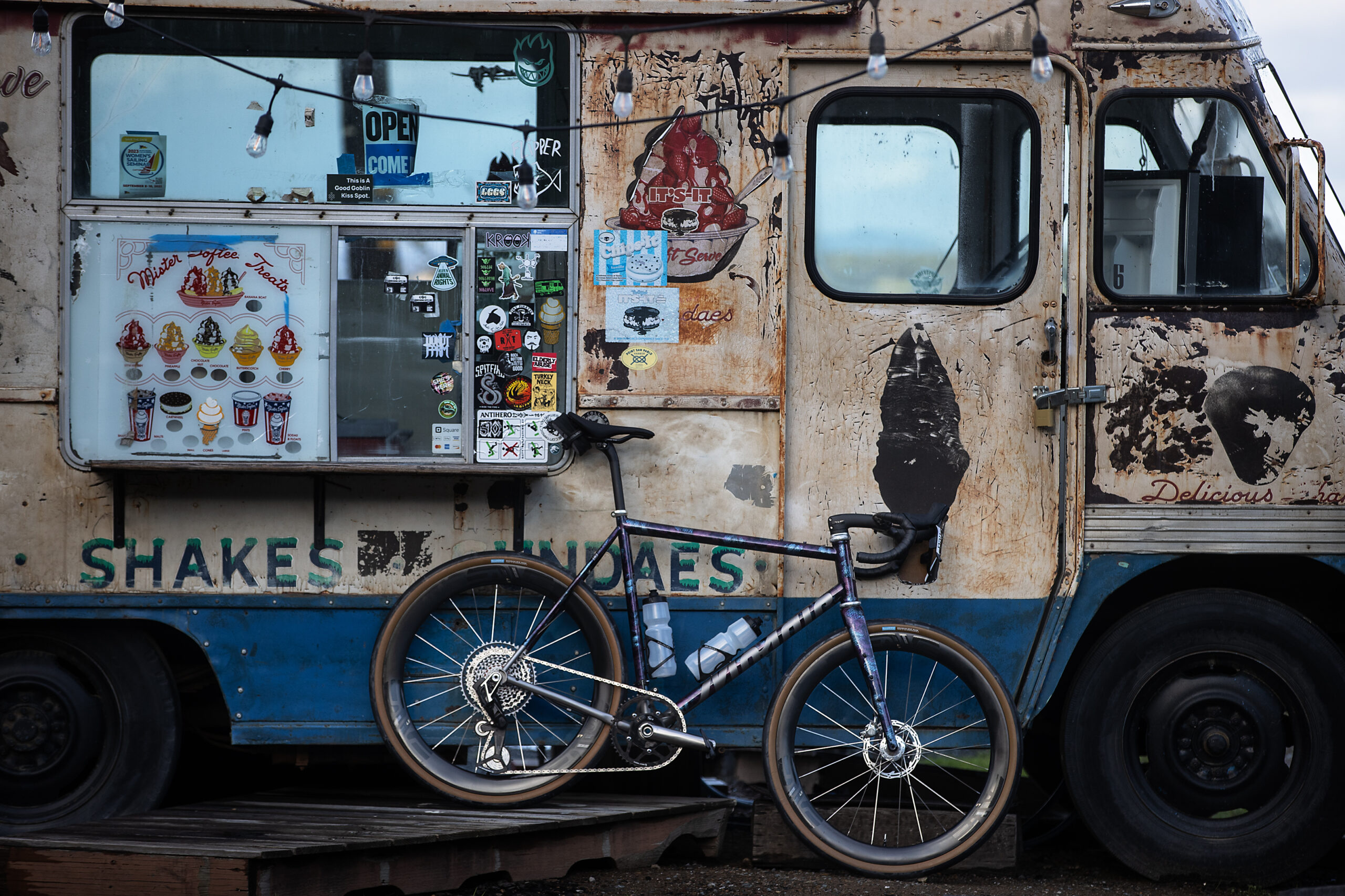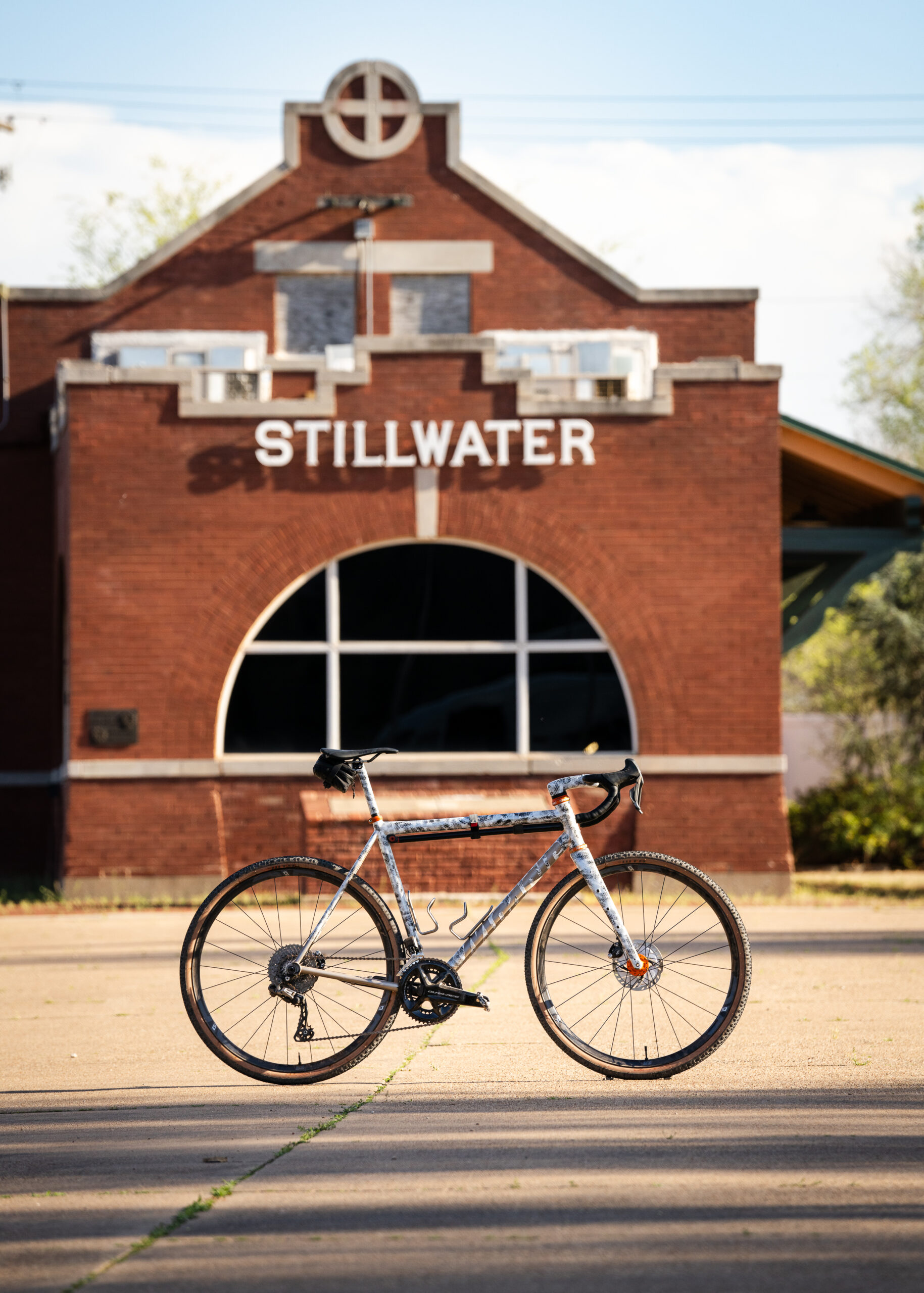
The season is well underway and recently I received my brand new Mosaic GT-1 i45 gravel bike. Since the folks at Above Category built up the bike and friend/photographer Jim Merithew shot NewBikeDay photos, this bike and I have been on some serious adventures. It’s all been a bit of a blur recently, springing from one event to another, with a pace that could only be described as ‘fullgas’.
My first outing with the new bike, directly after receiving it fresh from AC, was the Valley of Tears gravel race in Turkey, TX. This was a new race this year, but it was an opportunity that was hard to pass up. The generous prize purse and spot on the calendar the week before Midsouth made it an attractive race for many, drawing a healthy field of pros. I’d already been racing for a month or two going into the Valley of the Tears, landing some solid results and a win in some of my cherished local Grasshopper Adventure Series races, but the form was still somewhat of a mystery.
Unfortunately, Keegan Swenson, the red-hot favorite for the race, got away with one other rider early on in a super sandy river wash section and that was the last we’d see of him. Keegan went on to win and I ultimately came 4th after attacking out of the chase group with a handful of others and then coming second in the technical sprint to the line.
After Valley of the Tears, Jim and I loaded up the rental truck and headed northeast to Stillwater, OK for the Mid South Gravel. The Mid South is truly something special, one of my favorite events each year.
Last year, I was forced to sit on the sidelines at Mid South due to a nasty stomach bug. But this year there was no stomach bug standing in my way. It was awesome to spend the whole week leading into the event in Stillwater, catching up with Bobby Wintle, enjoying the atmosphere, and watching the chaos build through the weekend. I had a chance to pre-ride the entire course, checking out key sectors ahead of the race. One thing very quickly became clear, this wasn’t going to be any ole Midsouth. Heavy rain in the weeks prior to the event had resulted in seemingly endless hard packed mud ruts, each one chomping at the bit to swallow a tire and send a rider flying off their bike.
Come race day, I was feeling good and ready for the task at hand. We had great weather for the race, but the still conditions and lack of wind made the race far less selective than normal. The front group remained massive until late in the race due to this lack of wind. I attacked countless times, but the conditions and collective strength of the peloton made it nearly impossible to get away from the main group. I sent one final hail mary attack a few KM from the final decisive singletrack sector that was about 15 KM from the finish. I went all in and almost got away, but was swallowed by the chaotic swarm just as the fight for position into the trail was kicking off. I knew I had to play my card, but it ended up backfiring a bit, leaving me far too deep in the group going into this key section of trail. I came out of the trail in maybe 10th or 15th place, but still felt great and managed to ride myself back through a few groups, crossing the finish line in 8th. While it wasn’t necessarily the result I traveled to Stillwater for, I was happy with the sensations and how I was riding. Lots of positive takeaways.

After Midsouth, I enjoyed two weeks at home back in California, getting back into the training groove and knocking out some key training sessions. Soon enough, though, it was time to get back on the road.
This year I’m exploring a new-to-me racing series, the UCI Gravel World Series. These events are held all around the world, culminating with the UCI Gravel World Championship in Flanders, Belgium in October. I had the opportunity to race the UCI World Championships last fall and really enjoyed the experience, despite a course that didn’t really play to my strengths much… This year’s course in Flanders looks to suit me much better, hence my excitement to commit more to the UCI races this year.
The first UCI Gravel World Series event of the season took place in Velden am Wörthersee in Austria. I speak German and have a few European and German language sponsors this year. Through some European sponsor and friend contacts, I was invited to attend the race and graciously hosted by the organizer. The location was absolutely fabulous and I thoroughly enjoyed my time there in the Kärnten region. While over in Austria, everything went about as smoothly as it could have, save for the race itself. I felt great on the day of the race and found myself riding comfortably in the front of the bunch for much of the first lap. Unfortunately, just as we were nearing the end of the first lap (of three), two guys closed in on each other in the ~70 person peloton and a rear derailleur went into my front wheel, immediately snapping ten spokes. The wheel instantly became extremely unstable, wobbly, and sketchy as I tried to coast to a stop without crashing.

I managed to come to a stop safely, but immediately knew my race was over. I’ve never DNF’d a gravel race before, something I’m quite proud of, but this was something I knew I couldn’t resolve. I picked up my bike and ran to the next aid station, hoping I could find a neutral wheel to finish the race with, but no such luck. I was unable to continue and was forced to pull out of the race. I was gutted, especially given the long and expensive travel to attend the race. But as I said earlier, everything else during the trip to Austria was so incredible that it was hard to stay upset for long. Julius, the race organizer lent me a front wheel the next day so I could still get a nice big ride in before I flew home. This ended up being one of the most memorable rides I’ve ever been on, crossing over into Slovenia and Italy before returning back to Austria. It was an amazing experience and I feel very fortunate to have had the opportunity to experience gravel racing in Austria.
After another brief week at home to recover and get the jetlag under control, it was time for Sea Otter, one of the biggest cycling festivals in the world. Originally, my plan was to attend Sea Otter purely for sponsor activations in the expo and some meetings. But the allure of the racing was too strong, especially after the missed opportunity in Austria. I made the decision to register for both the road and gravel races, bringing along my trusty and beautiful RT-1 ITR for its first race day.

The Sea Otter Road Race was a blast and ultimately Nico Roche, a former World Tour pro turned pro gravel racer, and I split the race up and got up the road. We entered the final climb with a ~40 second gap on the shattered field, but as we rounded the final corner into the 3.5 km climb to the finish, a spoke broke on my front wheel and punctured the rim tape. The tire went flat immediately and I could hardly believe it, especially after what had just happened in Austria. Fortunately, the wheel was still turning fine and the climb to the finish was more or less straight. I had opened a small gap to Nico by slamming on the brakes to avoid crashing, but the chasing group was still out of sight. I knew a podium spot was still on the line, so I put my head down and rode as hard as I could on the rim, eventually crossing the finish line to maintain my second place position. I was bummed to not be able to contest the win with Nico, as I was feeling quite good, but was happy with the second place nonetheless. It sure made for an epic story!
Two days later, I lined up again for the Sea Otter Gravel Race. I lined up on the front row and hit the gas hard from the very start of the race. I managed to string out the entire peloton and even cause some splits on the opening punchy climbs. Pretty quickly a lead group of four of us established, soon whittling down to three. We maintained a blazing pace for another 2 hours, before coming into the finishing climb. Matt Wiebe, the third guy in the group, got dropped on the penultimate climb as I put in a big attack, but Rob Britton managed to hang on. He paced up the last climb, leading most of the way to the top. With 200m to go, I opened up my sprint and came around Rob with a few bike lengths to take the win, my first aboard my new GT-1 i45.

After the successful weekend at Sea Otter, it was then time to head to Fayetteville, Arkansas for the final race of this spring racing block. This race, the Highlands Gravel Classic, was the only UCI Gravel World Series event in the U.S. this year. With it being my ‘home’ race in the series, I knew it was one I didn’t want to miss. Knowing my form was good going into the race, I raced aggressively, pushing the pace from early on once again. The race splintered early, as strong crosswinds gusted across the exposed steep climbs. Again I was off the front of the race, with just two others for company. We all took turns turning the screws on each other, each pushing the pace on the terrain that suited us best. Everyone was just strong enough not to get dropped, but just tired enough not to sneak away. As we entered the final road section into the finish, Nico Roche put in a massive attack. As soon as the other rider and I caught back to Nico, I launched my attack over the top and managed to get a gap. With 3 KM to the finish, I put my head down and TT’d to the finish, crossing the line in 1st with a bit more than 10 seconds of a gap.
After the unfortunate and unavoidable mechanical in my first UCI Gravel World Series event, I was thrilled to put it together and secure the win in Arkansas. This result was especially important, as it also qualified me for the UCI Gravel World Championship in Belgium later this year.
It’s certainly been a whirlwind since I received this beautiful bike back at the beginning of March, but I’ve enjoyed every moment. We’ve already been on some incredible adventures and enjoyed some wonderful successes so far this season and I can’t wait to see where the rest of the year takes us! A big thanks to the entire team at Mosaic and Above Category for putting together this amazing bike!



